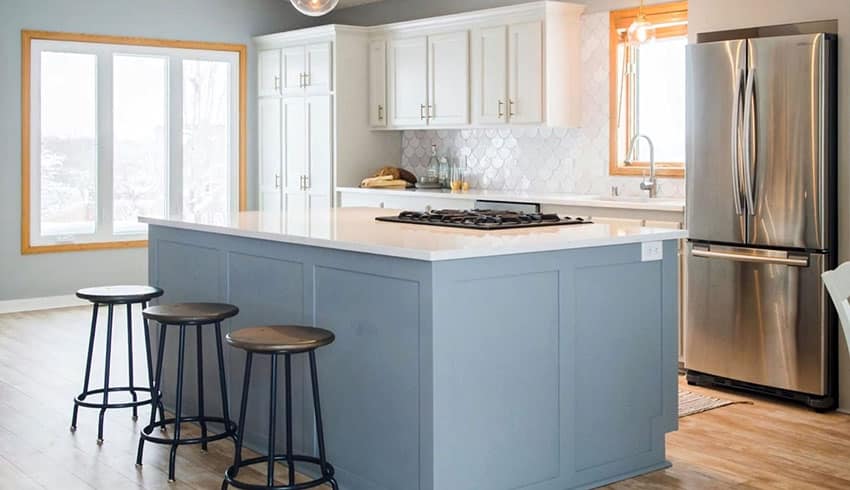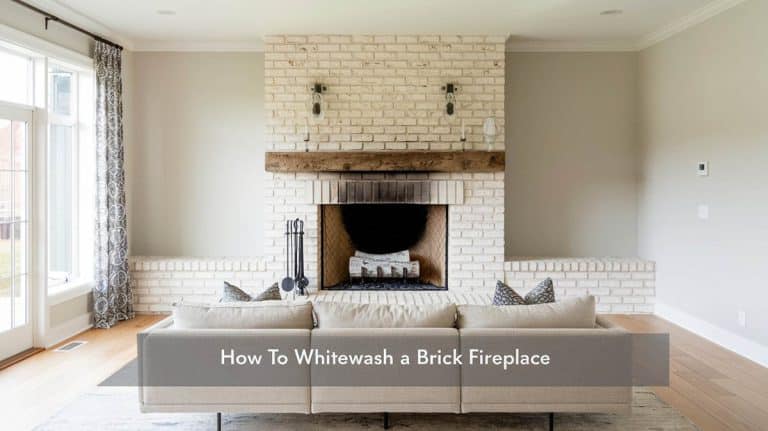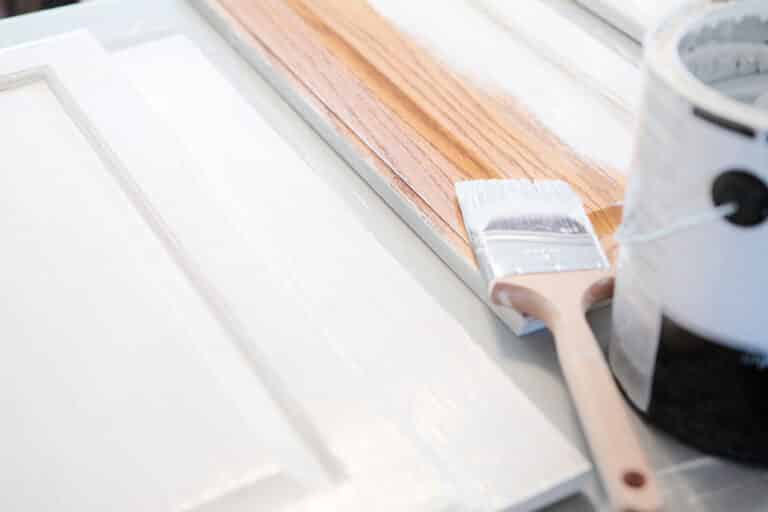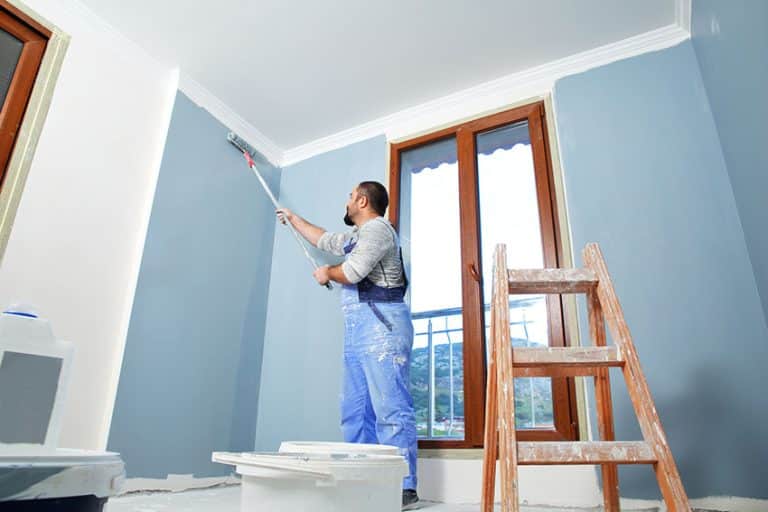Cinder Block Fire Pit (DIY Design Ideas)
There’s no better way to spend a summer night than outside by a crackling fire. Many people want to enjoy an outdoor fire pit but aren’t sure how to add one to their existing home landscape. A cinder block fire pit may be the perfect option.
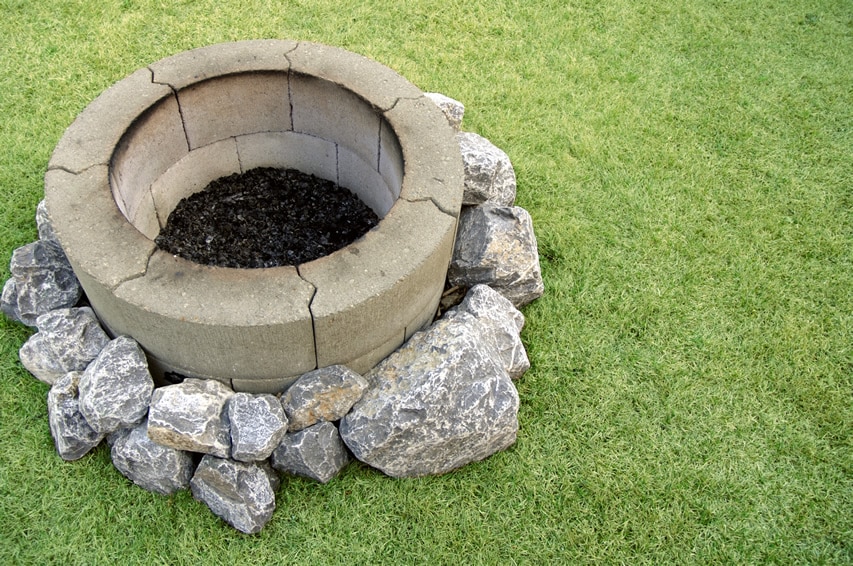
With so many questions about materials and safety, it can be overwhelming to get the project completed. No need to worry, however, because building an outdoor fire pit is much easier than you may think.
Can Cinder Block Be Used for a Fire Pit?
When it comes to building a fire pit, choosing building materials is often the first step. There are many materials that can be used for the walls of fire pits including marble, granite, and (Fire rated) clay blocks.
While materials like marble and granite are expensive, cinder block is an alternative for those working on a budget. However, it must be said that clay fire blocks are a superior alternative to cinder blocks for fire resistance.
These blocks are also easily maneuvered, making them perfect for DIY jobs. Because cinder blocks can come in a variety of shapes, they can be used to create any number of shapes for a fire pit.
Cinder blocks can also be easily mortared, making it easy to turn a temporary fire pit into a permanent one. Cinder blocks can be found at virtually any home improvement store, making it easy to find exactly what you need for this project.
Are These Blocks Heat Resistant?
Choosing heat-resistant bricks is important when it comes to building a fire pit. Heat resistant blocks are able to withstand the extreme heat changes that they will be close to, while other materials may crumble under high heat. This can be a safety issue, as a collapsed fire pit can quickly turn into a fire emergency.
Generally, a cinder block is porous enough to be considered a safe material for a fire pit. Porous materials allow steam to enter and exit easily, preventing a buildup that could cause an explosion. Dense materials such as concrete blocks, however, are not suitable materials for this project.
It’s important to ensure that you choose blocks to ensure that your fire pit can be used safely. For the best durability, fire resistance and safety, fire rated clay blocks should be used to line a fire pit.
How Do You Build a Fire-Pit with Concrete Blocks?
When it comes down to building a cinder block fire pit, the first thing that you need to decide is the type of fire pit you’re interested in building. For instance, it will make a difference whether you want a permanent fire pit patio design or you want to build a fire pit you can put away or take down. If you’re unsure whether you want your fire pit to be permanent, you can build a temporary one and finalize it in the future.
Before you can get the project started, you need to check your local guidelines for fire pits. These can be found with the local government or the community fire department. Once you’ve got the go-ahead from local authorities, you’ll want to prepare the area where your fire pit will be located.
This can be done by clearing any low-hanging branches above the area, as well as clearing the first few inches of grass and soil where you wish for the pit to be located. To create a template for your fire pit design lay out the blocks in the design and dimensions you want. Then, clear the soil to create a base for your blocks to lay on top of.
The bottom of the pit should be filled with stone that can help prevent any heat from spreading underground. Volcanic stones tend to be good for the job, as they can handle high heat. Gravel should be avoided, however, as it is not suitable for this purpose.
Gravel can become explosive under high heat, making it unsafe for fire pits. Sandstone, limestone, pumice, and other similar rocks should also be avoided. While crumbled cinder blocks could be used for this purpose, they would not function as well as volcanic stone.
A concrete base can also be used with quick dry cement and fill in your base trench. Mix the concrete in a wheelbarrow with water. Then fill the base by shoveling in the concrete mixture.
With this soil dug out and the base formed, you’ll begin using the cinder blocks to surround the area, stacked three or four high all around. The holes in the blocks should face the sky, to prevent embers from escaping the pit. You may choose to add flat, fire-rated concrete caps to the top row of the pit. This provides a more finished look and prevents items from being dropped into the cinder block gaps.
Video on How to Build a Concrete Block Fire-Pit
There’s no reason to continue spending summer nights cooped inside, missing out on all the outdoors has to offer. A fire pit is a great way to entertain guests and get the most out of your outdoor space. Adding a deck, patio or pergola fire pit can enhance your backyard at a low cost. With just a few hours of effort and some easily acquired materials, creating a fire pit is a simple project. From enjoyment to increased property values, a fire pit is a perfect addition to any home.


